Nirmal K Minda, Chairman and Managing Director, of Uno Minda Group spoke upfront to Ashish Bhatia on the road ahead for component suppliers and the next tipping point on the horizon.
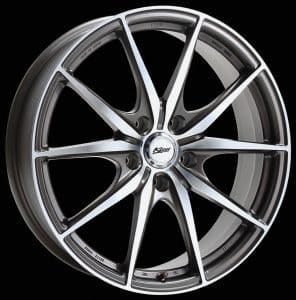 Q. Is the post-pandemic recovery that accounted for a record turnover, sustainable going forward for the tier 1 suppliers like yourself?
Q. Is the post-pandemic recovery that accounted for a record turnover, sustainable going forward for the tier 1 suppliers like yourself?
A. We faced tough times in the pandemic marred fiscal and now we are seeing a strong recovery. Today, we are not able to deliver vehicles owing to supply chain bottlenecks with issues like the semiconductor shortage and transportation challenges. Availability of the containers was another challenge. We are overcoming these issues much better than before. You must also understand that what has not happened in the industry over the past 40 years will happen over the next 10 years. In this period, as a born optimist, I expect the industry to scale a 2-2.5x growth subject to Gross Domestic Product (GDP) also growing at a healthy pace. Here the two-wheeler industry is also fast catching up and making for its de growth which should help us move in the right direction.
Q. Your take on the industry staying true to its DNA while exploring newer avenues of growth?
A. The industry as a whole must work to leverage its core. Whatever are the strength areas must be tapped first. At Uno Minda also, we are identifying our core strength areas and areas of synergy. One must diversify only with the blessings of the customers. If the customer comes forward seeking a problem solution or with a joint alliance, this path is more feasible. The Research and Development (R&D) capability must be strong enough to convince the Original Equipment Manufacturers (OEMs) which is usually a tough ask. In my opinion, component suppliers must work on the core strengths and synergies.
“I expect the industry to scale a 2-2.5x growth subject to Gross Domestic Product (GDP) also growing at a healthy pace.”
 Q. As a Group known for its collaborative mindset, how have you and your partners contributed to one other’s success?
Q. As a Group known for its collaborative mindset, how have you and your partners contributed to one other’s success?
A. Both need each other. First of all, you need to trust your partner. It is very important and a testimony to that are JVs that are 30 years old at Uno Minda. They are recommending we pursue change and both bring their strengths to the table. For example, we bring in the Indian supplier base, the labour, the regulations and administrative ability while they bring in their technical capabilities. They bring in manufacturing capability and we bring in the inherent low-cost Indian manufacturing prowess.
Q. How do you look at the Production Linked Incentive (PLI) scheme impacting these collaborative efforts and joint interests of business?
A. We make our presentations to them to align with our localisation drive, to align with the PLI scheme as a win-win for the stakeholders involved as an example. We make to keep the best interests of our partners and us, alike, in keeping with the needs of the domestic and international markets. If they are exporting, we step in to help reduce their costs for instance.
“ At Uno Minda also, we are identifying our core strength areas and areas of synergy. One must diversify only with the blessings of the customers. If the customer comes forward seeking a problem solution or with a joint alliance, this path is more feasible.”
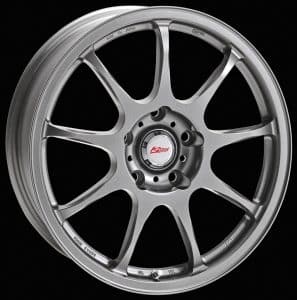 Q. Your take on the parity in an OEM-Supplier agreement today and the need for government intervention?
Q. Your take on the parity in an OEM-Supplier agreement today and the need for government intervention?
A. There could be a few instances where the government is required to intervene. It is largely a fair arrangement in keeping with the best interests of all the stakeholders. OEMs provide suppliers with a good opportunity. If you are technically competent to fulfil these requirements you are on board. First, you need to be technically viable for the project and then come to the commercials.
Q. Your take on the Government not looking at bringing the sector under GST and instead asking suppliers to multiply the turnover to make up for the exclusion?
A. Yes, looks like the government is not willing to consider GST inclusion at the moment. That revenue is being looked at as coming back to us in terms of infrastructure and so on and so forth. The industry has factored it in and continues to contribute. As far as OEMs are concerned, the GST looks at the ecosystem as a chain where everyone benefits. It is only a value addition.
“We make to keep the best interests of our partners and us, alike, in keeping with the needs of the domestic and international markets.”
Q. Your outlook for the foreseeable future including the opportunities and adversities?
A. Supply chain bottlenecks, the need for skilled labour and dealing with their poaching from the tech industry which has a similar set of skillsets as their requirements are some of the challenges we need to deal with. Now the tech industry has also taken a hit. We are confident that the industry will tap the diverse set of opportunities coming its way. ACI







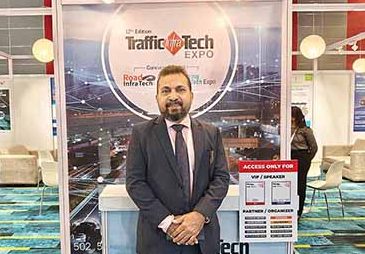

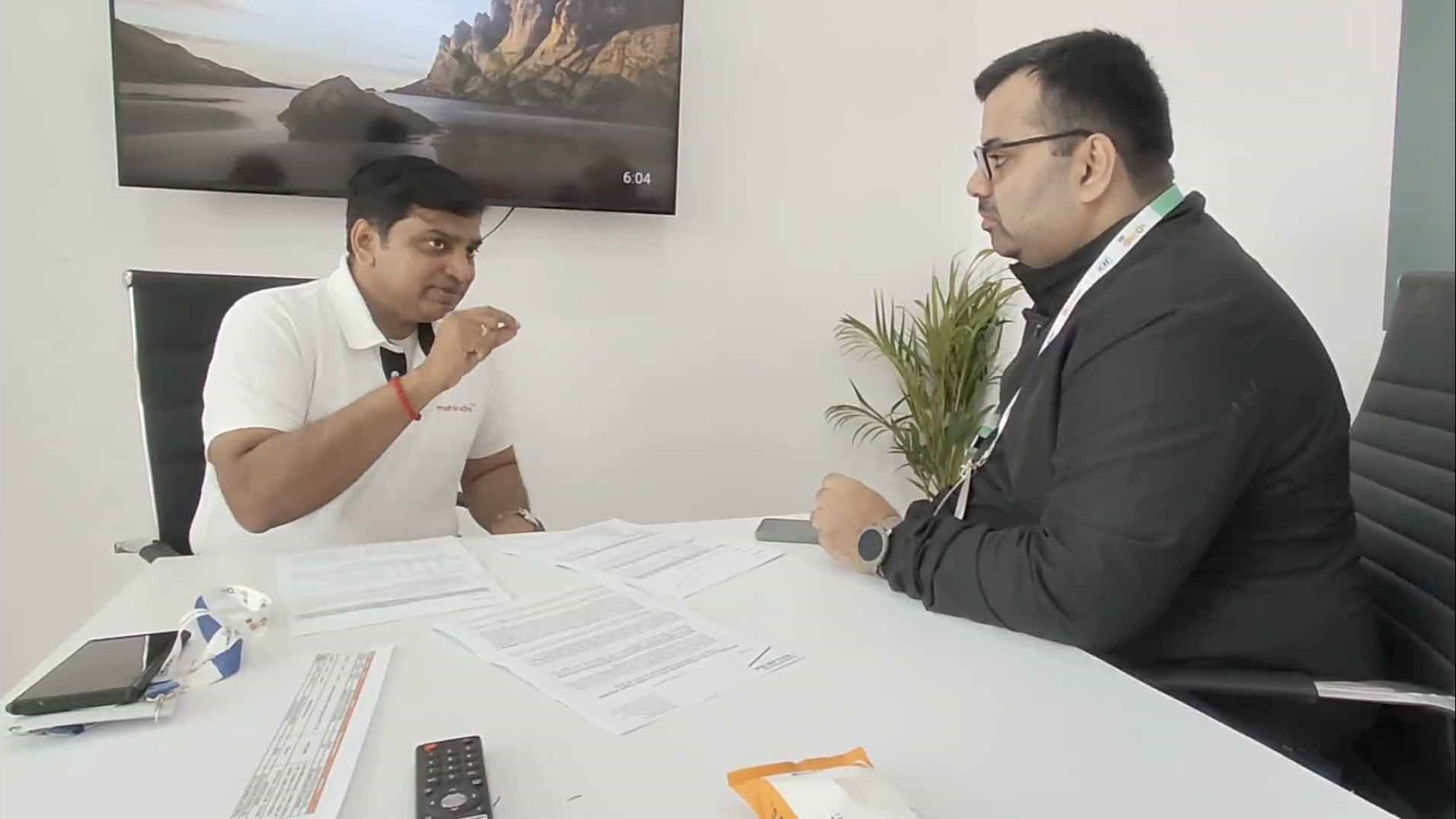

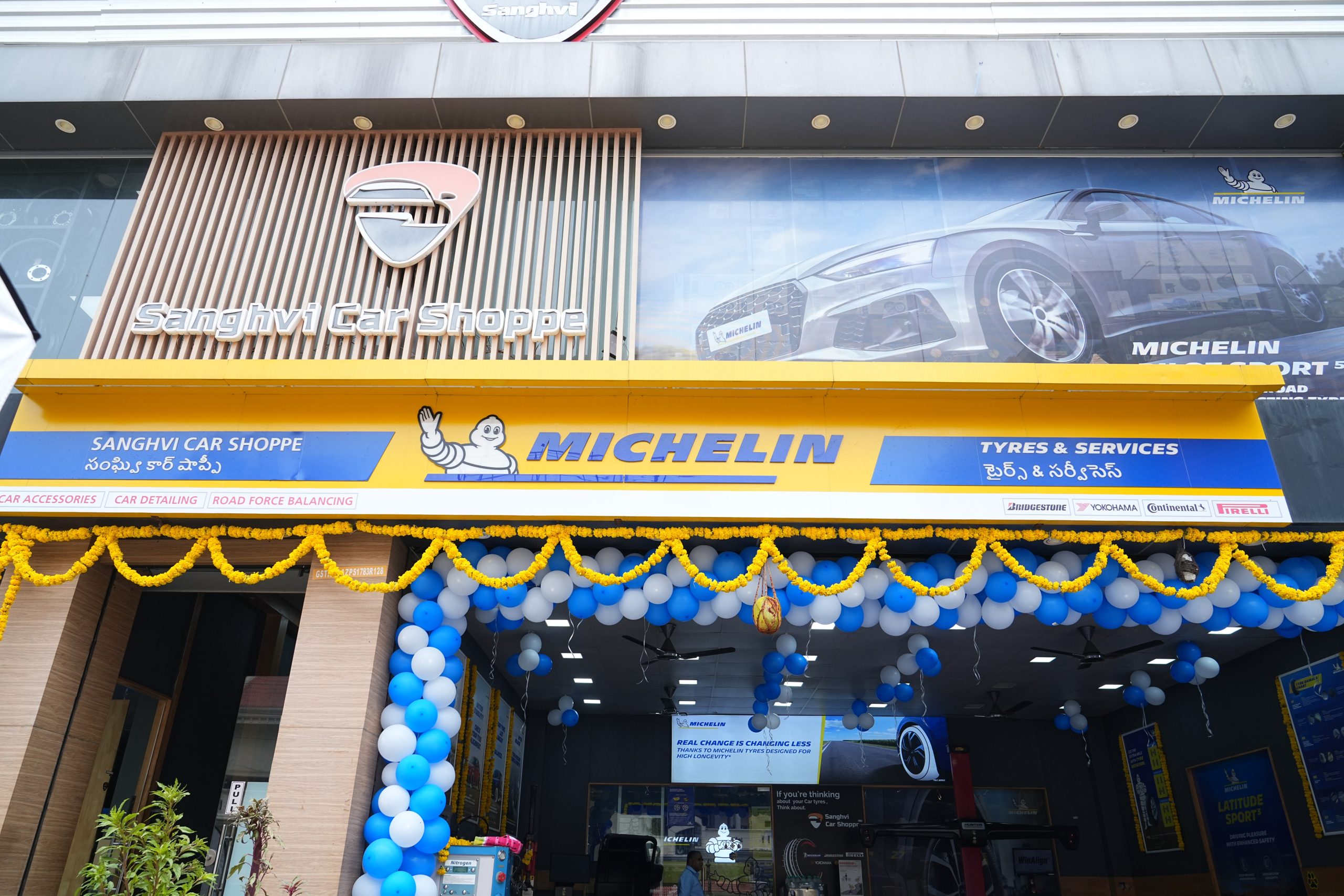
Leave a Reply